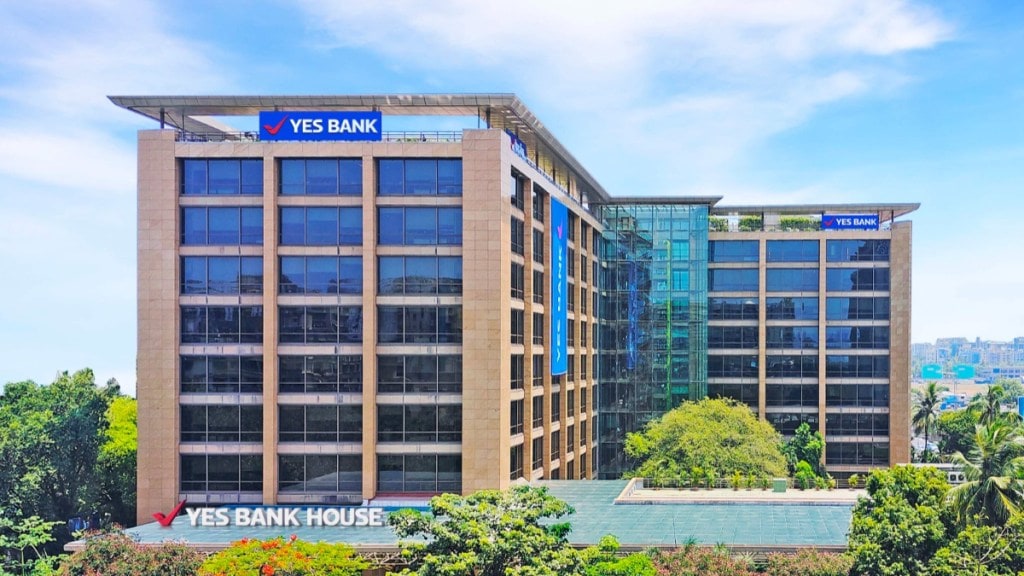Aiming to expand its footprint across the country, Yes Bank plans to open 400 branches in the next five years. In an exclusive interaction, Prashant Kumar, managing director and CEO, tells Sachin Kumar about growth plans and the strategy to garner deposits at a time when the banking sector is struggling to raise low-cost funds. Excerpts:
Yes Bank has been able to maintain a deposit growth higher than its credit growth. Do you expect this trend to continue?
I think the liability which we believe is like a raw material for banking. Our focus has been very clear that we need to continue to work on liabilities and the deposit growth has to be always higher than the loan growth. We have been maintaining it quarter after quarter. Going forward, we would continue to see that deposit growth stays higher than the credit growth.
At a time when the banking sector is witnessing a war for deposits, how has Yes Bank been able to grow deposits higher than credit growth?
Trust of the customer in the brand and the convenience provided to the customer through branches and digital channels play a crucial role in mobilising deposits. We have been working in all these areas for a very long time. If you offer quality services to customers and provide them with convenience through digital applications, garnering deposits becomes easier as compared to offering a high rate.
What are your expectations for recoveries from bad loans?
At the beginning of the year, we gave the guidance for recovery of Rs 5,000 crore. We have achieved 50% of the target in the H1FY25. We expect to do better than our guidance. Our recoveries may be higher than the annual target.
Have deposit rates peaked? Do you plan to hike deposit rates?
We don’t see any immediate need to increase the rate of interest on deposit. I think we are seeing a good growth and it seems unlikely that there is a need to increase the rate going further. If we talk about the banking sector, our feeling is that rates have reached to the peak level. If there is action from the Reserve Bank of India in terms of bringing down the rate of interest, then the rate of interest on deposit may start coming down.
How many branches you plan to add in the next five years.
Branch expansion is very critical for any bank. In the next five years, we are going to open around 400 branches. We talk about digital, but digital cannot replace physical branches. Digital can only help engage the customer with more convenience. It’s important to open more branches and provide access and convenience to the customer through digital channels. The bank currently has around 1,200 branches.
Yes Bank improved the asset quality in the second quarter of the current fiscal. Can we expect further improvement?
Our gross non-performing assets (GNPAs) were 1.6% at the end of the second quarter and the net NPAs stood at 0.5%. We expect improvement on both GNPAs and net NPAs. In case of rise in NPAs, we will make higher provisions and bring down GNPAs and net NPAs.
Several banks are witnessing stress in the unsecured segment. Are you also seeing stress building in unsecured loans?
Like any other bank, we have also seen the stress in the unsecured segment. However, our unsecured portfolio is small compared with other banks. Our unsecured portfolio is just 5% of our total loan portfolio.
Your view on credit growth for FY25.
We are focusing on the MSME and mid-market segments, which form the lower end of the corporate sector. Both segments are seeing consistent growth of 25% and we aim to sustain this rate. These are secured loans. Corporate loans, which previously faced growth challenges, are now witnessing good traction, and we aim for a double-digit growth in this segment. Retail loans are expected to grow in the 10-12% range, though the segment has currently slowed down because of market pressures. We aspire for a 15% credit growth over the long term, adapting to market dynamics and headwinds.
Do you plan to raise funds in the fourth quarter?
There is no immediate need for fundraising. We have sufficient capital which is 13.2% from the core equity side. This money is sufficient for our growth requirement for the current fiscal.
